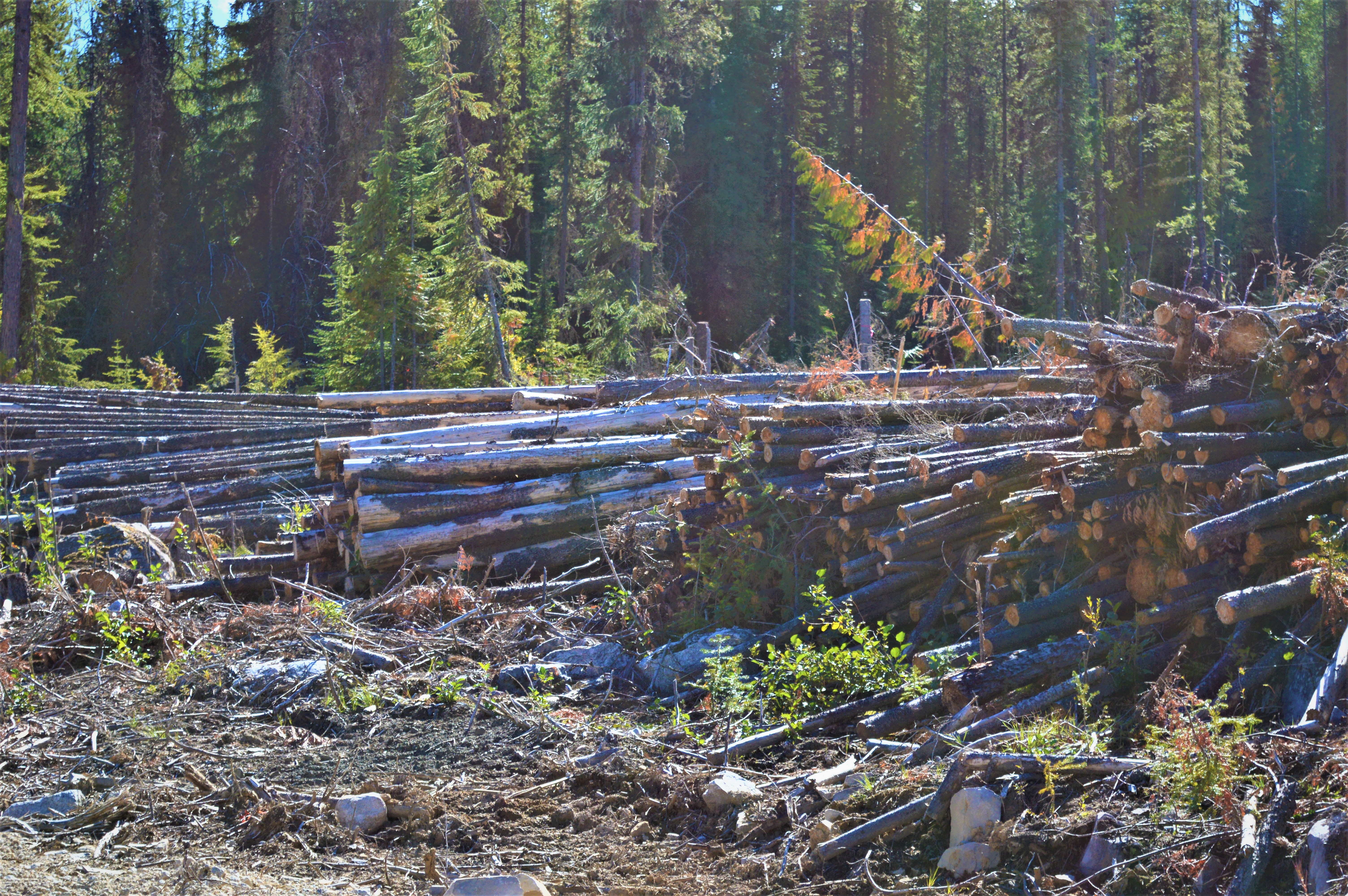Residual Fibre Utilization
Increasing the use of lower quality fibre during primary harvesting operations is a significant priority for the government and forest sector in British Columbia.
The provincial government is currently implementing various initiatives to enhance the utilization of residual fibre left on road sides and landings within cut blocks which would otherwise be burned.
Residual fibre refers to the fibre that is left behind on a site after primary harvesting operations have been completed. This fibre includes smaller and poor quality logs, pieces of logs, branches and other woody biomass. It has historically been called waste or residue and is often burned to reduce the fire hazard that exists on a site post harvest.
Over the past few years, the emergence of new industries (wood pellets; biochemical) and the decrease in wood chips from sawmills which supplied existing industries (such as pulp and paper) led to the increased demand for residual fibre.
Increasing the use of residual fibre supports new and existing forest industries that use lower quality timber, mitigates future timber supply shortfalls and reduces carbon emissions and smoke through decreased slash burning of post-harvest waste.
Learn more about Residual Fibre Utilization
Decked Roadside Timber
Important Links
Contact information
Contact us if you have questions about residual fibre utilization.
For opportunities to access residual fibre contact your natural resource district office or FrontCounterBC.

